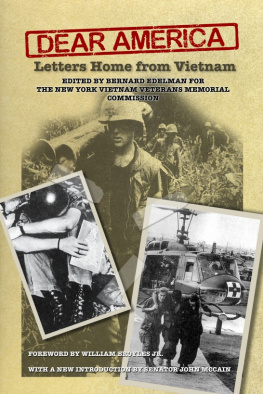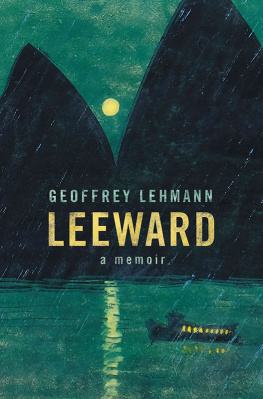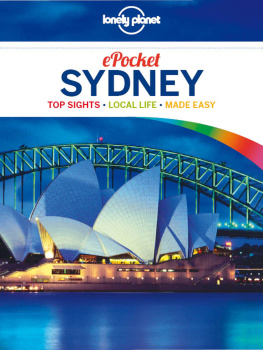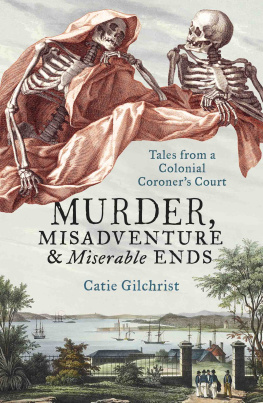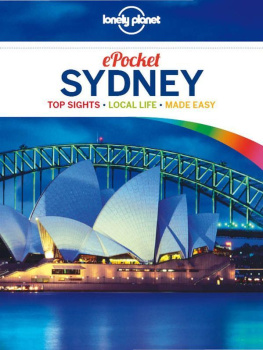Sydney Schanberg - The Death and Life of Dith Pran
Here you can read online Sydney Schanberg - The Death and Life of Dith Pran full text of the book (entire story) in english for free. Download pdf and epub, get meaning, cover and reviews about this ebook. year: 2019, publisher: Viking, genre: History. Description of the work, (preface) as well as reviews are available. Best literature library LitArk.com created for fans of good reading and offers a wide selection of genres:
Romance novel
Science fiction
Adventure
Detective
Science
History
Home and family
Prose
Art
Politics
Computer
Non-fiction
Religion
Business
Children
Humor
Choose a favorite category and find really read worthwhile books. Enjoy immersion in the world of imagination, feel the emotions of the characters or learn something new for yourself, make an fascinating discovery.
- Book:The Death and Life of Dith Pran
- Author:
- Publisher:Viking
- Genre:
- Year:2019
- Rating:5 / 5
- Favourites:Add to favourites
- Your mark:
- 100
- 1
- 2
- 3
- 4
- 5
The Death and Life of Dith Pran: summary, description and annotation
We offer to read an annotation, description, summary or preface (depends on what the author of the book "The Death and Life of Dith Pran" wrote himself). If you haven't found the necessary information about the book — write in the comments, we will try to find it.
The Death and Life of Dith Pran — read online for free the complete book (whole text) full work
Below is the text of the book, divided by pages. System saving the place of the last page read, allows you to conveniently read the book "The Death and Life of Dith Pran" online for free, without having to search again every time where you left off. Put a bookmark, and you can go to the page where you finished reading at any time.
Font size:
Interval:
Bookmark:

Sydney H. Schanberg
Copyright
The Death and Life of Dith Pran
Copyright 1980, 1985, 2013 by Sydney H. Schanberg
Cover art, special contents, and Electronic Edition 2013 by RosettaBooks LLC
All rights reserved. No part of this book may be used or reproduced in any form or by any electronic or mechanical means, including information storage and retrieval systems, without permission in writing from the publisher, except by a reviewer who may quote brief passages in a review.
Cover jacket design by Terrence Tymon
ISBN e-Pub edition: 9780795334733
To my children, Jessica and Rebecca
and to Elizabeth
and to Bailey Ruth
The story of Cambodia is a universal oneit is not a new thing that small countries and vulnerable peoples get abused by the large and powerful. But the awfulness of what happened in Cambodia should not be allowed to blur into a historical generality. This is why I am glad that this account, originally published as a long magazine article in The New York Times, is now a book. Books fade more slowly than newspaper pages.
It appears here as it was written, in 1980. Events since then have altered the details of Cambodias existence, but the basic fact of life for these people has remained unchanged. The Cambodians are still everyones pawns and are still suffering terribly.
It is my hope that this chronicle of the relationship and experiences of the two of usan American and a Cambodian brought together by a warwill help provide a glimpse at this history.
Sydney H. Schanberg
On that magical day in October, 1979 that Dith Pran and I reunited in that refugee camp in Thailandafter his nearly five years of captivity in Cambodia under the genocidal Khmer Rougewe walked hand-in-hand around the compound in a daze, trying to understand our miracle.
Pran was moving on wobbly, scarred legs and some of his teeth were broken. He looked wan and seemed shrunken, the result of beatings and starvation. He also was suffering from malariabut we didnt know that until we landed in San Francisco and got him into a hospital. But as weak as he was on our walks through the camp, he began to brighten up and talk in an excited voice about the stories we should do right now about new developments in Cambodia. I talked him out of it, reminding him of the importance of first getting well and rediscovering his family, and preparing to meet all the people at The New York Times who wanted to applaud him. That made him smile. But it also showed that he was the same Pran, the true reporter whose untold stories were bursting inside him.
So, with the help of our embassy in Bangkok, we took a flight to San Francisco, where his wife Meoun and their four children had resettled in 1975 after their helicopter evacuation with the American Embassy as the Khmer Rouge closed in on the capital.
Prans escape from Cambodia had become world news. The New York Times moved into high gear to welcome him and cover the costs, just as they had done for his family. He now had many new friends to meet.
Pran quickly recovered his health and his old self, bouncy and eager to start his new life. In New York, The Times gave him training in news photography and he soon joined the papers photo staff. He also became immersed in spreading the story of Cambodia in America and around the world.
My next challenge was to write the story of Prans ordeala suggestion made by Arthur Gelb, a senior editor known for his creativity. The title was The Death and Life of Dith Pran, and it was the cover story of the papers Sunday Magazine on January 20, 1980. It was a long piece and later became a hardcover book and now its the RosettaBooks e-book you are reading.
Within a few years, our story became a feature film, directed by Roland Joffe and produced by David Puttnam. Our agreement with the film company was to take no liberties for the sake of the movie, but to tell our story as it had happened. The Killing Fields, starring Sam Waterston as myself, and the late Haing S. Ngor, also a Cambodian survivor, as Pran, premiered in 1984 and won three Oscars the following year.
Pran continued his work as a photographer at The New York Times. He became an American citizen in 1986. He and coauthor Kim DePaul compiled a book entitled Children of Cambodias Killing Fields: Memoirs of Survivors, published in 1997 by the Yale University Press. At the United Nations, he was appointed Good Will Ambassador for refugees. He campaigned for a Cambodia war crimes trial. In his spare time, he gave lectures. Saying he was a disciple of Elie Wiesel, he funded the not-for-profit Dith Pran Holocaust Project. Pran told one interviewer: Part of my life is saving life. I dont consider myself a politician or a hero. Im a messenger. If Cambodia is to survive she needs many voices. His four grown children and seven grandchildren now keep these efforts alive.
The arc of my own life also changed considerably. At the end of 1985 I left The New York Times because its management was uncomfortable with my investigations of New York Citys power elite. I was immediately offered an Op-Ed column at New York Newsday, where investigative reporting was more welcome and I remained there for a decade. During those years, my marriage ended, my daughters Jessica and Rebecca went off to college and on to their own lives. I made return trips to Cambodia in 1989 and 1997 and wrote long pieces, one for Vanity Fair magazine. At Newsday, I met Jane Freiman, the papers restaurant critic, and we married shortly before the paper closed down in 1995. I then explored online journalism at the short-lived apbnews.com before moving over to The Village Voice to work for Don Forst, my editor from Newsday. At The Voice, I wrote government stories and press criticism and about the infamous Iraq War. I think that, like Pran, I am a survivor, and I believe I am a lucky man.
During those years, I saw Pran from time to time and he was thriving. Though the genocide he witnessed was in his mind much of the time, and he initially had nightmares about his years under the brutal Khmer Rouge, he was not gloomy. He was always smiling and making people laugh. When I hung out with him, my mood improved.
In the summer of 2007, when we saw Pran at the wedding of his eldest son Titony, in Virginia, he complained about pain he was having in his stomach. By January 2008, when we visited him at home in New Jersey, he was very sick. It was pancreatic cancer and it was in the late stages. Surgery was not an option. The staff at Robert Wood Johnson University Hospital in New Jersey was superior, but there was no remedy.
Prans family hurried to his side, including the grandchildren. Everyone was sad. But Pran wouldnt stand for a solemn atmosphere. Even when he was in bed, having pain, the talk was not dark.
Every day, his fellow photographers and other friends from The Times, and even Sam Waterston, came to visit Pran. My wife Jane and I came to the hospital every other day. Everyone was taking pictures of Pran with the visitors.
Pran had said several times at the hospital that he was not afraid of dying. I believed him. He was a true Buddhist, always doing good deeds for those in need. All through the war he had done things for people who were hurting. He made me a better person and a better journalist.
During the last week of his life, at his hospital bedside, I asked Pran, in a light moment, how can we communicate once youre gone? He became serious and thought about it for a few minutes, and then he said in a positive tone: Ill send you my dreams. Then it was my turn: And Ill send you mine. He died in the hours before dawn on March 30, 2008. He was 65.
Font size:
Interval:
Bookmark:
Similar books «The Death and Life of Dith Pran»
Look at similar books to The Death and Life of Dith Pran. We have selected literature similar in name and meaning in the hope of providing readers with more options to find new, interesting, not yet read works.
Discussion, reviews of the book The Death and Life of Dith Pran and just readers' own opinions. Leave your comments, write what you think about the work, its meaning or the main characters. Specify what exactly you liked and what you didn't like, and why you think so.





